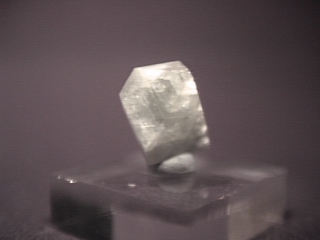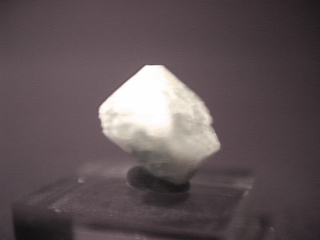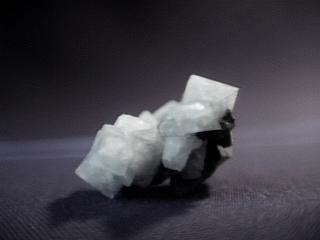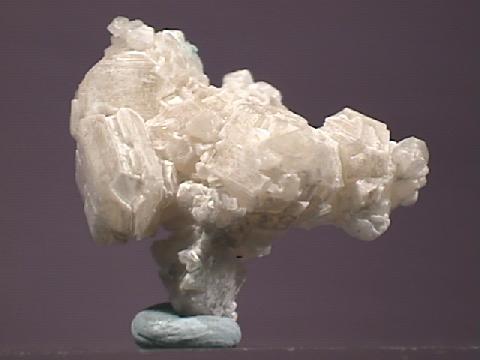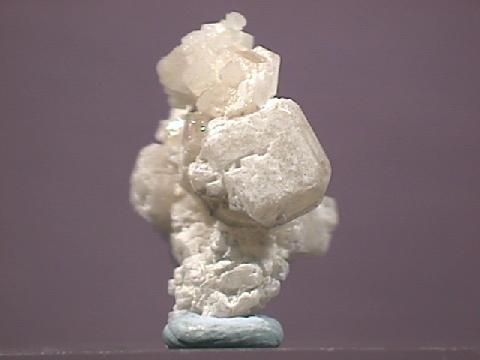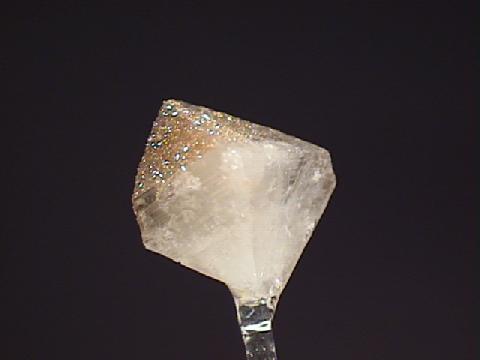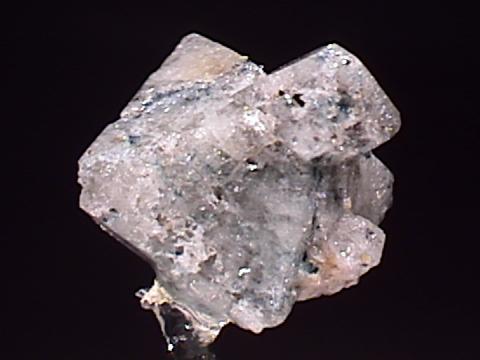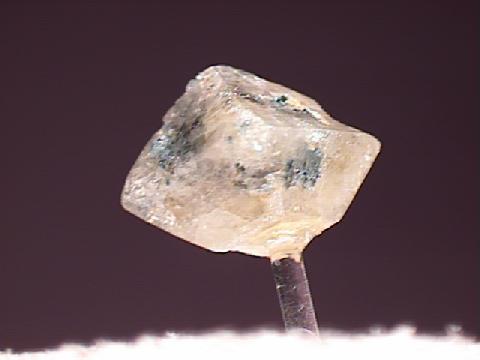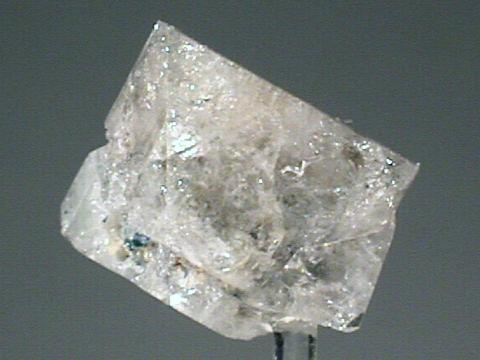
| THE MINERAL WARDITE |  |
- Chemistry: NaAl3(PO4)2(OH)4-2H2O, Hydrated Sodium Aluminum Phosphate Hydroxide.
- Class: Phosphates
- Uses: Only as mineral specimens
Specimens
Crystals of wardite can make nice specimens with their colorless or light green color and glassy luster. Massive green wardite is associated with variscite nodules in Utah, where it formed from the alteration of the variscite. For those interested in the symmetry of minerals and rare phosphates, wardite is a "must have" in their collections.
PHYSICAL CHARACTERISTICS:
- Color is green to bluish green or white to colorless.
- Luster is vitreous.
- Transparency: Specimens are transparent to translucent.
- Crystal System: is tetragonal; 4 2 2
- Crystal Habits include the typical tetragonal dipyramids that has a distorted octahedral look (pseudo-octahedral). Found as linings in variscite nodules. Also granular, massive and fibrous crusts.
- Cleavage is good in one direction, basal.
- Fracture is conchoidal.
- Hardness is 5.
- Specific Gravity is approximately 2.8 (average for translucent minerals)
- Streak is white.
- Other Characteristics: Crystals are striated perpendicular to the four fold axis and is non-fluorescent.
- Associated Minerals are quartz,
feldspars,
lazulite,
amblygonite,
variscite and
crandallite . - Notable Occurances: include Farifield, Utah; San Diego Co, California; Taquaral, Minas Gerias, Brazil; Alaska, USA and Rapid Creek, Yukon Territory, Canada.
- Best Field Indicators: color, crystal habits, associations, striations, non-fluorescence and locality.

